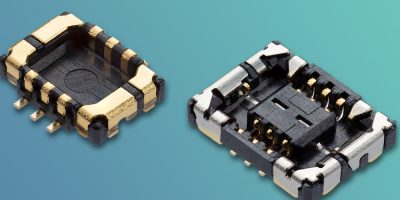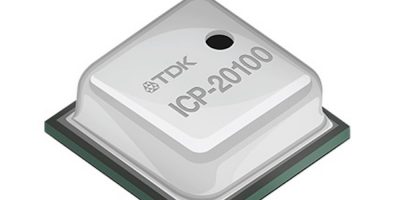Greater design freedom is offered with the Flex-to-board RF mmWave connector 5G25 series, says Molex. The compact connector is for demanding 5G mmWave applications up to 25GHz and is robust enough for RF antenna modules, says the company.
The micro connector enables manufacturers of mobile devices and RF antenna modules to optimise high speed 5G components while alleviating space constraints on small, crowded PCBs, says Molex.
“Each new generation of RF antenna modules and smartphones brings us closer to realizing the full potential of 5G performance,” says Stephen Drinan, director of core products, micro solutions, Molex. He says the company has applied decades of experience in RF and antenna design, high-speed connectivity and volume manufacturing to support 5G’s higher frequencies “while raising the bar in signal stability, robust performance and fast assembly”.
In Molex’s recent The Future of Mobile Devices global survey, respondents ranked ultra-fast 5G (e.g., mmWave) as the leading technology to drive disruption in smart, consumer mobile device manufacturing.
The Molex Flex-to-Board RF Connector 5G25 series supports high speed data transmission in a space-saving format that offers extra protection from harsh environmental conditions. Signal pitch is 0.35mm and the mated body height is 0.6mm while the body is 2.5mm wide and 3.6mm; dimensions which printed wiring board (PWB) design flexibility, according to Moles. The 5G25 enables designers of RF antenna modules and mobile devices to combine RF and non-RF signals, which reduces the need for additional connectors to contribute additional space and cost savings.
The 5G25 features full EMI shielding, encompassing both RF terminal and full connector shielding for signal integrity performance. A centre shield-in contact with receptacle and plug allows each row to be isolated to boost overall signal integrity stability. Molex’s fully-shielded design is claimed delivers best-in-class far-field gain performance for connecting 5G antennas to the rest of the transceiver.
The Molex Flex-to-Board RF Connector 5G25 series is designed for fast, trouble-free assembly. The compact connectors have robust peel force to increase reliability and minimise the load on assembly operators or automatic assembly machines.






